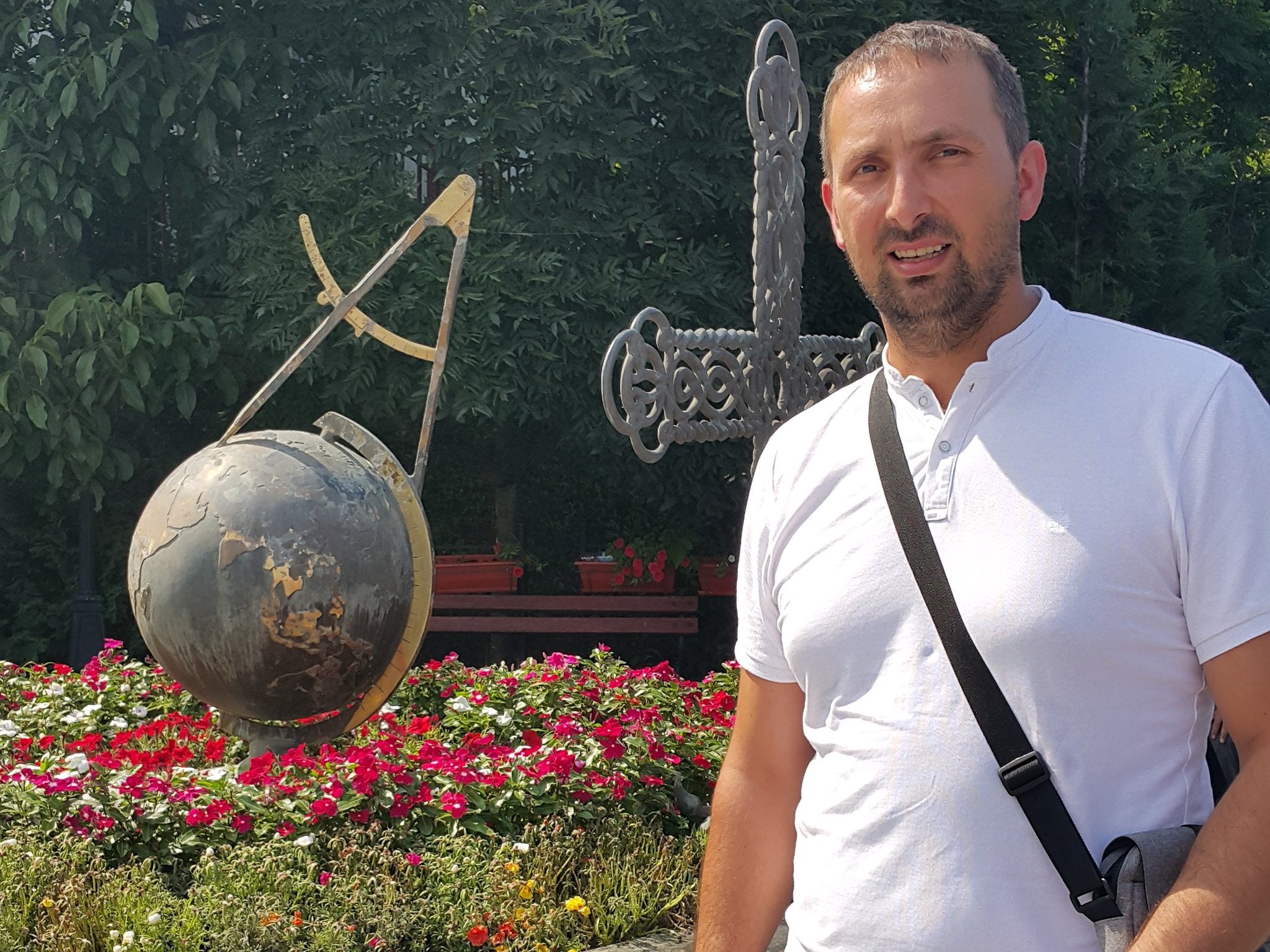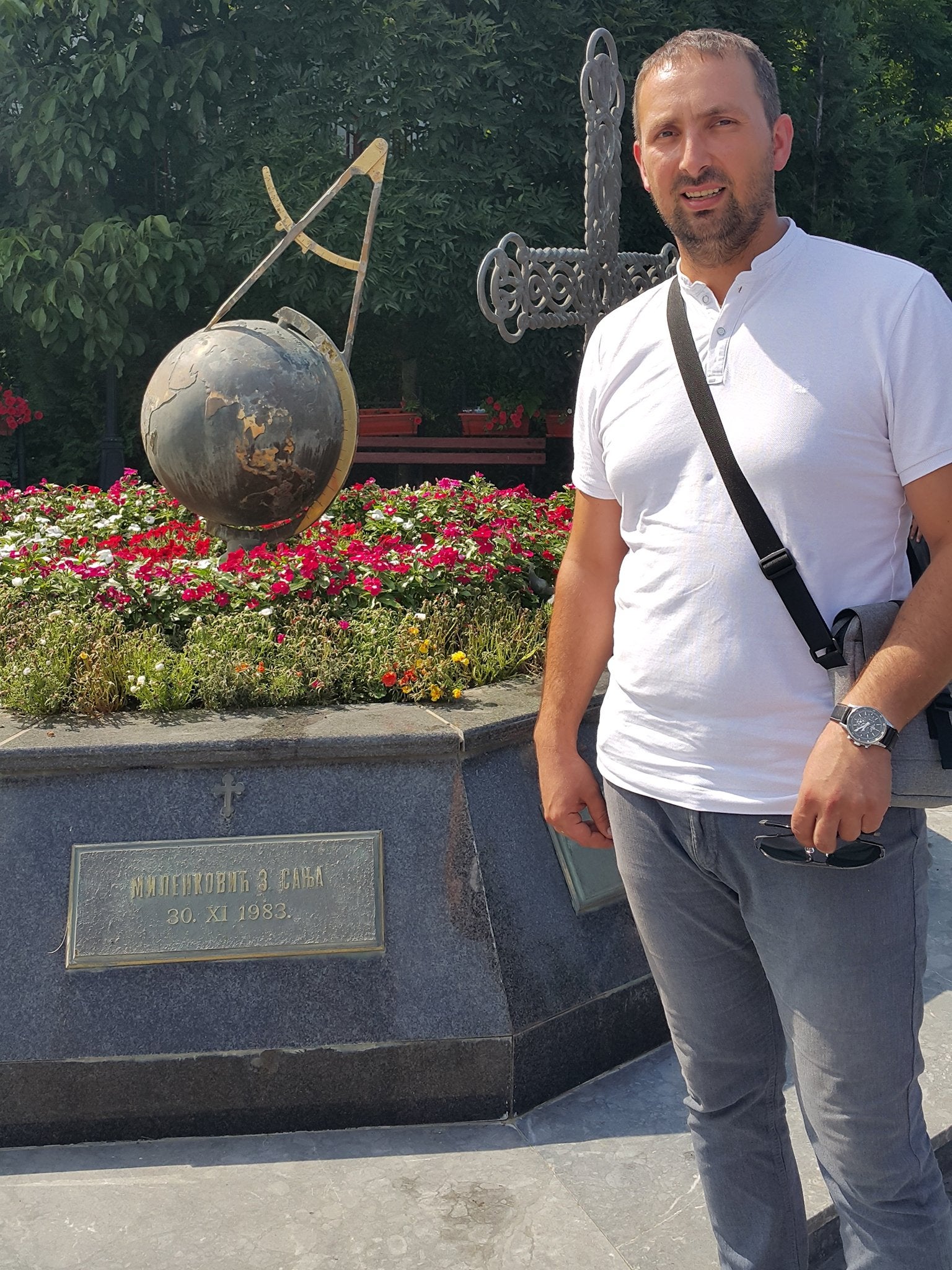Nearly two decades on from Nato's deadly bombing of civilians at Varvarin in Serbia, the wait for justice continues
‘I think our kids would have played together. When I come here or to the cemetery, I never cry. No one sees me cry. But there is a time when I am alone, then I cry. I talk to my sister and I cry’


Your support helps us to tell the story
From reproductive rights to climate change to Big Tech, The Independent is on the ground when the story is developing. Whether it's investigating the financials of Elon Musk's pro-Trump PAC or producing our latest documentary, 'The A Word', which shines a light on the American women fighting for reproductive rights, we know how important it is to parse out the facts from the messaging.
At such a critical moment in US history, we need reporters on the ground. Your donation allows us to keep sending journalists to speak to both sides of the story.
The Independent is trusted by Americans across the entire political spectrum. And unlike many other quality news outlets, we choose not to lock Americans out of our reporting and analysis with paywalls. We believe quality journalism should be available to everyone, paid for by those who can afford it.
Your support makes all the difference.The bridge is new, of course. And of the shrapnel and blood we found here 19 years ago – and the bicycle draped with human remains and the decapitated priest – there is little trace. Sanja Milenkovic, the 15-year old girl and potential mathematics genius who died when Nato returned to bomb the narrow, crowded bridge a second time, was buried in her village cemetery. There is a plinth beside the new bridge with her name and those of the nine other villagers who were killed alongside her by Nato in the attack of 30 May 1999.
Sanja’s younger brother Sasha, tall, wearing shades against the midday sun, stands a lonely figure on the bridge today; if his 33 years have washed away his anger, they have not dampened his sorrow.
“Normally I won’t ever stop here on the bridge – not even if the police tell me to,” he says. “And Sanja’s picture is in my room, my older daughter is named after her. I visit the cemetery every day. It will be 20 years next year. I think our kids would have played together and Sanja would have been a professor of mathematics, I think. We were very connected. She was good in mathematics and I hated mathematics. I was too small at the time to react as a grown man. When I come here or to the cemetery, I never cry. No one sees me cry. But there is a time when I am alone, then I cry. I talk to my sister and I cry.”
So I guess there are questions to be asked. How long does sorrow last? Or anger? We journalists were outraged by the carnage we saw here 19 years ago. We were not personally involved – save, I suppose, for our countries’ membership of Nato – but we thought there should be some form of “justice”. Now I wonder. As the years pass by, people change. Or do they?
Sanja and the nine others were killed on the 68th day of the Nato bombardment of Serbia, which was prosecuted – so it was claimed at the time, to protect the Muslim Albanians of Serbia’s province of Kosovo – and the alliance was by this stage growing desperate for a victory over Slobodan Milosevic. As many as 3,000 Muslims were executed and thrown into mass graves but most of the inhabitants of Kosovo had been driven from their homes by Serb militias after the bombing began, and Nato’s targets were becoming steadily more promiscuous, however often they made excuses for a total of more than 500 civilian deaths.
But the bombing of Varvarin – carried out by German Nato aircraft, according to a group of German lawyers and by the Serbs themselves – was particularly frightful. Nor were the reasons for the attack on the feast of the Pentecost – a Sunday – credible. Nato claimed that the narrow iron bridge “could have been used by tanks” but in fact it was scarcely wide enough for a car to pass. Nato headquarters chose to give no reason why its aircraft, having bombed the Varvarin bridge at around 1pm when the village was crowded, especially around the Greek Orthodox church close to the bridge, should have returned to bomb the rescuers, Sanja Milenkovic among them. Many of the wounded fell into the Velika Morava river, dark brown and fast-flowing to this day.

Sasha, only 14 years old – 13 months separated him from his sister – was at home in his village of Donji Katun when he heard the rumble of explosions. “I thought they had bombed the Stolac bridge because the road there connected [the city of] Kragujevac from the motorway and there were no military facilities in Varvarin,” he recalls.
“My grandfather drove me. When we got to our side of the bridge, they said that there were three girls who had been on it, and so we knew they were Sanja and her two friends. They said the ambulance had taken some girls to the hospital. We did not know she was already dead. We found out only later that when the first bomb hit the bridge, Sanja went to help her friends and then when the second bombs came, another part of the bridge collapsed and she went down with it to the water. She was still on the metal walkway but her head was in the water.”
Sasha tells his story with a kind of lightness, an epic of pain that has been consumed by the years and, perhaps, by his father’s politics. Zoran Milenkovic was proud of his daughter – she was a star at the Mathematics Gymnasium in Belgrade, praised in the international media (after the war) for her scholarship – but Zoran was also an opposition politician for a party which had called for the end of Milosevic’s rule.
“I think maybe no one says this – but I think that also our government [of the time] was guilty,” Sasha Milenkovic says. “The question is still – how do you say this? – that nothing about Kosovo is finished.”
With terrible irony, Sanja’s parents urged her to leave Belgrade after the bombing of the Chinese embassy – another Nato “mistake” – because they thought Varvarin would be safer.
“We spent a lot of time in our basement. But that day, the feast day, so many people were here that no one thought anything like this would happen. They [the pilots] had their orders, I think… In the movies, the pilot says he won’t do it – but I think they saw everything and then bombed.” Sasha shrugs. “Every year, people come here on this anniversary just because they are ordered to come. Nobody really comes here to honour the victims. So I don’t like this place. Last year, I stood next to the president [Vucic] here and he said, ‘You look like your father’ and I said, ‘No. I look like my mother’.”
Is this cynicism? Sasha just smiles. “You are the first person I have given an interview to,” he adds. “I never wanted to talk about this. I never do. My older daughter says: ‘I will be like my aunt’ – she is also good at mathematics… I don’t really remember the day Sanja was buried. I fell down when I saw her put down [in the grave] and I didn’t understand. I was unconscious… We can accuse people of what they did here – there were some German lawyers who said this was wrong. I think the world knows what happened here. We don’t want any money or anything material. Some people here, they expected they would get money and they just cry here and – ‘pfff’.” Sasha blows out his lips.
Yes, he believes in God. “I think there is something higher than us – some power above.”
Justice? I’m not so sure.